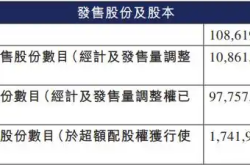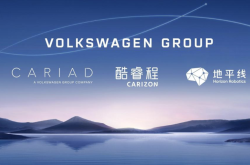“Global Cars” Fade into History in China
![]() 06/24 2025
06/24 2025
![]() 606
606
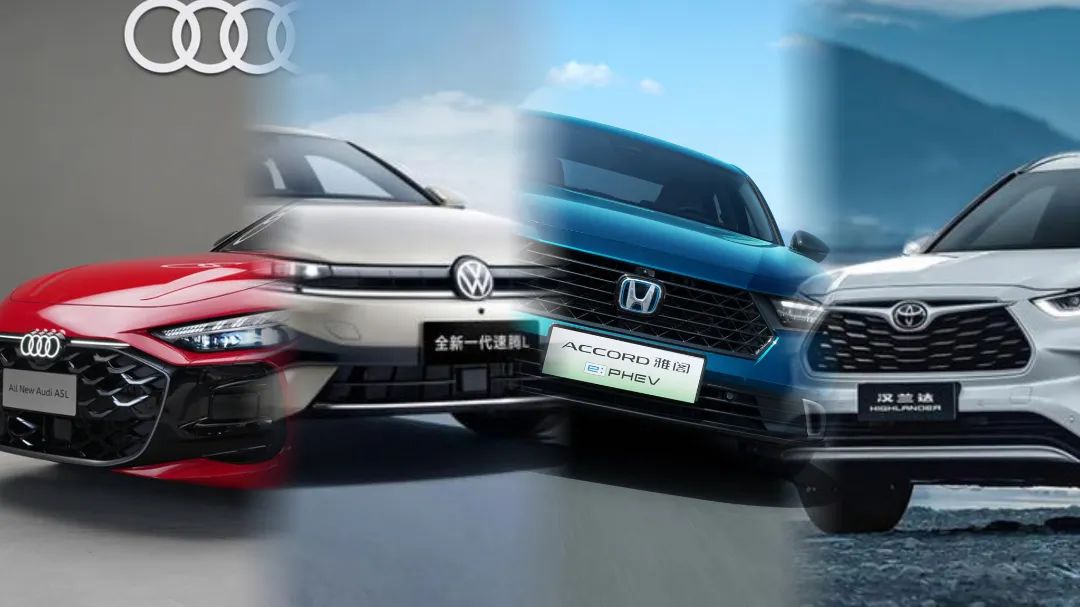
Introduction
As anti-globalization sentiments intensify, the Chinese market is unwaveringly instructing joint venture automakers on how to manufacture vehicles.
Despite the price war that has plagued China's automotive market since the beginning of the year, traditional joint venture brands have displayed remarkable resilience this year, with Volkswagen, Toyota, and Nissan among them. The fierce competition over the past two years has inflicted significant damage, but these brands persist.
In simpler terms, the era of easy wins for joint ventures is long gone. This year's market demands adaptation, regardless of the challenges. They must keep pace with industry advancements or risk being left behind.
The aggressive offensive of Chinese automakers has been evident to the world over the past six months. Without stringent regulations on intelligent driving promotions, the market would have undoubtedly witnessed another brutal competition.
Given the current state of the automotive market, joint venture automakers are acutely aware of the stakes. The popularity of models like the Guangqi Toyota Bozhi 3X, Dongfeng Nissan N7, the entry of FAW Toyota BZ5, and Volkswagen's simultaneous launch of three localized new energy concept cars suggest a clear objective.
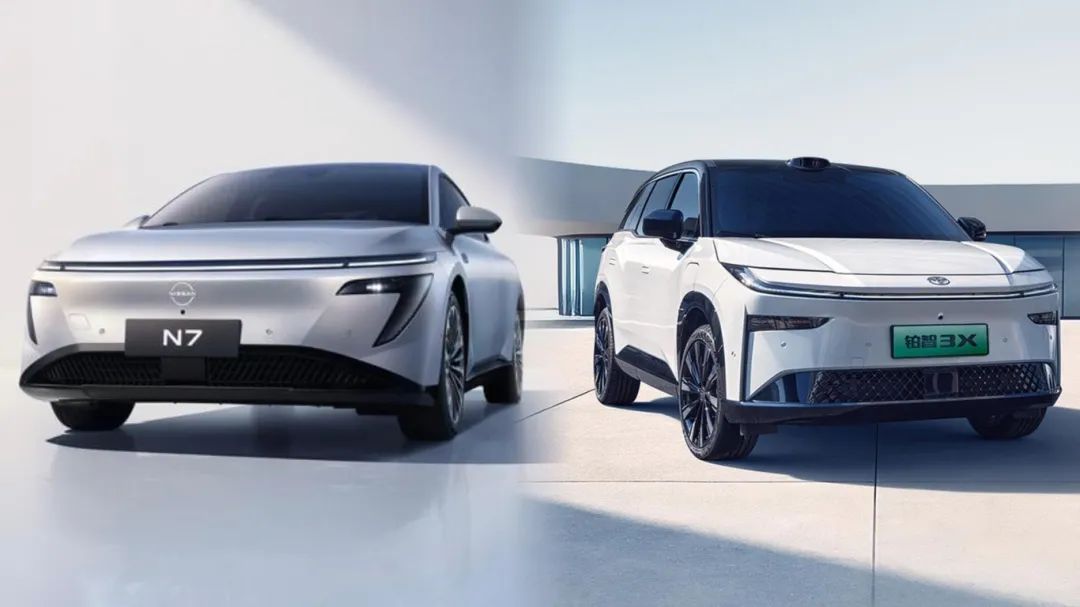
As Chinese automakers aggressively seek to capture market share from joint ventures, abandoning the global R&D philosophy and focusing on developing products tailored to local consumption trends for Chinese users has become the top priority for all joint ventures at this stage.
The success of models like the Bozhi 3X and N7 demonstrates that this path is viable, and they are unwavering in continuing down this existing path. Beyond that, is there potential for further benefiting the survival of joint ventures?
Ultimately, to survive and thrive in a world shifting from globalization to anti-globalization, foreign automakers must sever ties with the rest of the world. As China's automotive market develops its own set of operating rules, even if these rules are passively accepted, foreign automakers must adapt or face elimination.
01 China's Auto Market: Ever-Evolving
In the early years, like the auto markets of third-world countries, joint venture automakers employed various unconventional methods to adapt to the immature Chinese market, from offering special models to launching joint venture-owned brands.
At that time, the focus was on producing popular cars at the lowest cost without tarnishing the brand image.
In contrast, what constitutes a global model? The industry deems a model global if it is developed in developed regions like Europe, America, and Japan, has a decades-long history of model iterations, and is introduced to the Chinese market in its entirety at the first opportunity.
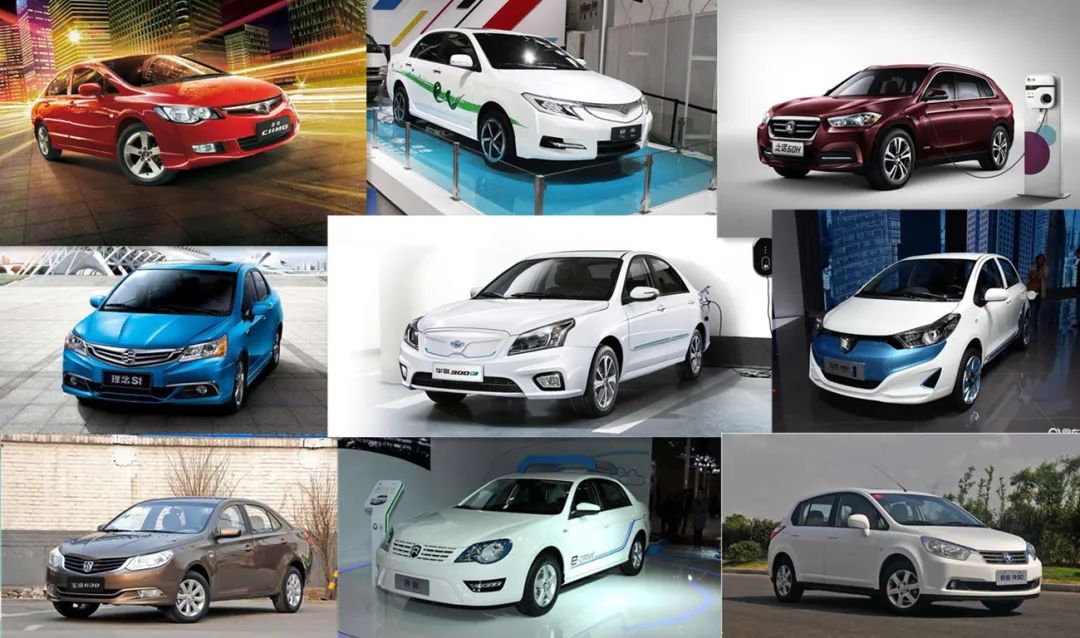
Figure | A decade ago, the brief era of joint venture-owned brands
For consumers, a model that sells at a premium to similar products and carries a reputation dating back to the 1980s must represent the latest product launched by an automaker in the global market.
While joint venture global models may theoretically lack the exotic allure of imported cars, owning such a car during China's automotive infancy not only signified access to the most advanced automotive products but also elevated one's car usage taste in a sense.
Over the years, the slogan "starting in sync with the world" has accompanied every generation change of the Honda Accord, conveying to consumers a sense of product leadership and advanced concepts. Similarly, Volkswagen, Nissan, and Toyota products rely heavily on the golden brand of "global cars" to maintain their dignity.
Despite differences in consumer demand, leading to cases where models like the Magotan B6 sold fewer units than the Passat Lingyu or the Spirior (European version of the 8th-generation Accord) failed to match the sales of the Accord (American version of the 8th-generation Accord), the label of global cars has left an impression of technological advancement among Chinese users as a whole.

As China's auto market matured over the decade from 2010 to 2020 and gradually entered a new cycle of technological competition, a large number of localized products lagging behind the world lost their market. For joint venture companies, the comprehensive introduction of global cars became a no-brainer. Even as the twin-car strategy was replicated across various joint venture companies, creating sister models based on global cars became the consensus.
During this period, another notable trend was that as leading joint venture automakers introduced products in line with international standards, it became only a matter of time before joint ventures lacking in brand power, marketing tactics, and R&D capabilities exited the Chinese market.
To date, the successive exits of Suzuki, Renault, Chrysler, Fiat, Jeep, Acura, and Mitsubishi, as well as the semi-stagnation of Infiniti, Skoda, and Chevrolet, indirectly illustrate that the Chinese market has evolved its own set of survival rules. Even strong brands must carefully consider their next steps to survive well in China.
Alright, let's return to the main topic. As China enters a new stage of development, is it enough to introduce new cars based on the R&D background of global models to cope with industry changes?
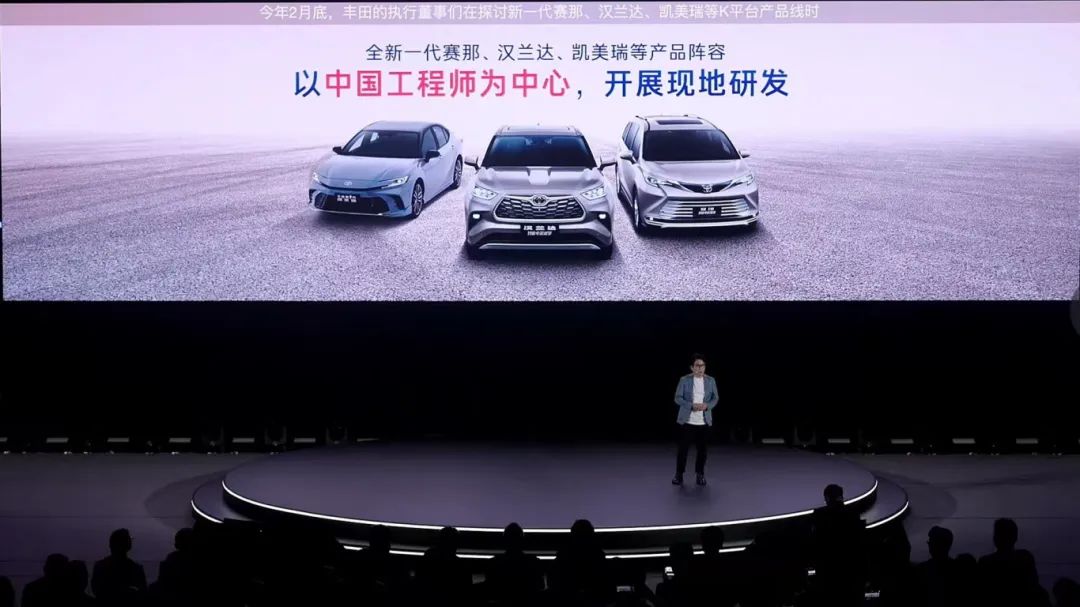
Figure | Guangqi Toyota Technology Day 2025
Clearly, market competition over the past two years has directly refuted this notion. The key reason why many external voices are singing doom for joint venture brands lies in the fact that, with the transition to new energy vehicles, joint venture brands are increasingly out of touch with Chinese users. Even global models cannot withstand the rapid pace of technological iteration. Put bluntly, joint venture automakers lack the ability to produce new cars that meet the needs of Chinese users.
However, after years of ridicule and being dazzled by outlandish claims like "cars are for sitting, not driving," the reality seems to have taken a turn for the better as joint venture automakers achieved initial success in their comprehensive counterattack in 2025.
02 The Era of “Global Cars” Has Ended
Two years ago, amidst the transformative momentum of the new energy industry in China, the concept of anti-globalization emerged within the industry. However, Volkswagen, Toyota, Nissan, and others defied this trend by introducing electric vehicles they believed to be industry-leading. The Volkswagen ID. series, Toyota bZ4X, and Nissan Ariya became typical representatives.
The reality, however, was harsh. Discounts, clearance sales, or outright stagnation deeply embarrassed all joint venture automakers. Furthermore, the collective decline of second-tier brands exposed the terrifying aspects of China's auto market.
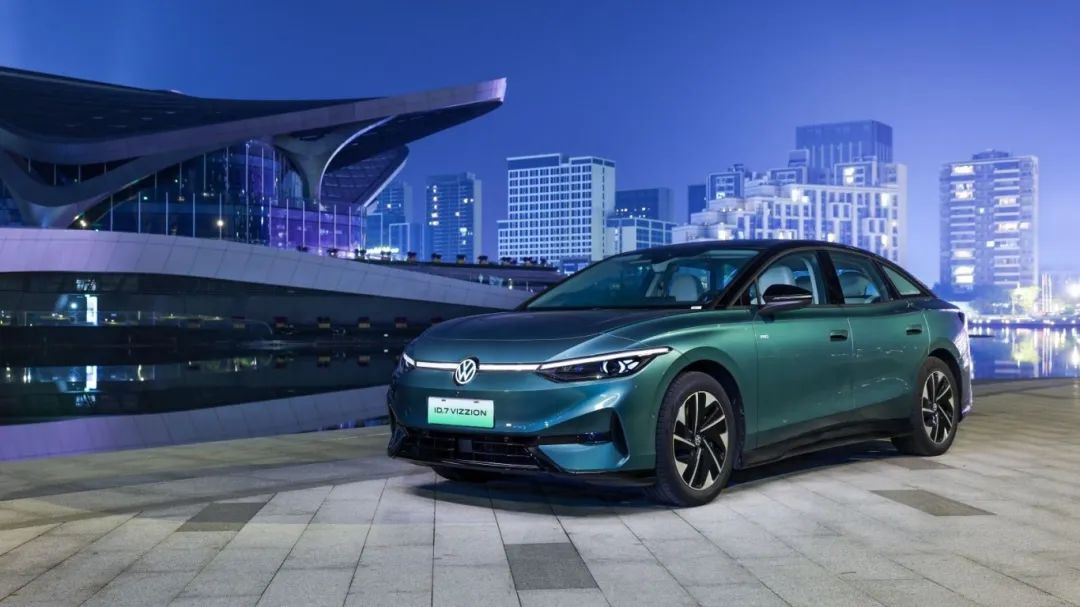
The sudden incompatibility of the vehicle manufacturing philosophy based on the global R&D system ultimately indicates that joint venture automakers can no longer view the Chinese auto market from a foreign perspective. Currently, the popularity of models like the Dongfeng Nissan N7 and Guangqi Toyota Bozhi 3X has given them some confidence, but it is evident that this alone is not enough to keep up with industry trends.
Not long ago, Guangqi Toyota announced at its 2025 Technology Day that it would introduce more Chinese elements into its upcoming product replacements. Established models like the Highlander and Sienna will receive extended-range powertrains or be equipped with intelligent configurations developed by Chinese technology companies such as Huawei and Momenta.
This alone sends a signal that the global car development system, once revered as the biggest advantage by foreign automakers, is gradually being challenged. This challenge may eventually evolve into a situation where the model matrix of foreign automakers in China differs significantly or even has a generational gap compared to the global market.
Of course, this trend does not follow the same logic as the past practice of introducing special models to the Chinese market. In the future, outdated models will have no room to survive in the Chinese market.

And not surprisingly, as the Chinese market accelerates its transition to electrification and intelligence, I believe more and more joint venture automakers will follow the path of Guangqi Toyota. At that point, the advantages associated with the label of "global cars" will cease to exist.
At this stage, although we have seen Audi's global CEO Gernot Dollner personally confirm that the production of fuel vehicles will continue until around 2035 or even longer, this does not mean that Chinese users are forcing foreign automakers to make a choice. Rather, due to the significant differentiation in the global auto market, foreign automakers must propose two sets of solutions at the R&D end.
In fact, I dare say that based on the current consumption trend, Chinese users are no longer as enthusiastic about the IP of global cars as they once were. In an era where consumers are willing to pay for innovative technology, any automaker that treats the Chinese market with caution will not win the future.
From a corporate perspective, investing more R&D effort into developing localized models than global models due to the consumer preferences of a developing country, and even giving those glorious IPs a thorough makeover with Chinese elements, may seem risky. If necessary, they can follow the example of the upcoming SAIC Audi A5L, which will collaborate with Huawei on intelligent configurations.
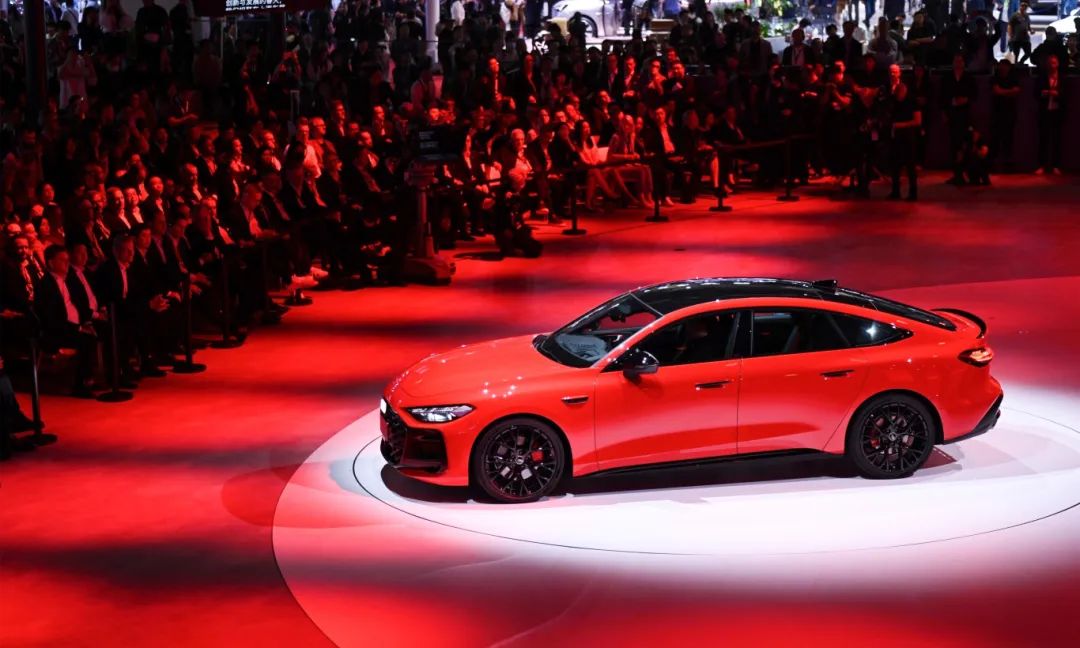
However, given the rapid pace of market changes in recent years, providing localized electric vehicles for China is only the first step. Given various practical factors, there is no hesitation in deeply transforming existing popular models to completely developing subsequent models with Chinese R&D teams.
Soon, FAW-Volkswagen's new Sagitar will also be launched. You will see that this model, once popular due to its global car status, is becoming increasingly Chinese. This sets an example for all subsequent launches, including the new Highlander, which Guangqi Toyota has mentioned may be equipped with an extended-range powertrain.
Today, China's auto market is undoubtedly the most competitive in the global market, without a doubt. The demise of a large number of speculators further indicates that Chinese consumers' scrutiny of automobiles has reached a level where they cannot tolerate any flaws.
As a result, the title of global cars will only gradually become a thing of the past, and China will undoubtedly teach all joint venture automakers a good lesson. While respecting the laws of industrial development is important, it is also crucial to respect the genuine opinions and needs of Chinese consumers.
Editor-in-Chief: Li Sijia, Editor: He Zengrong

